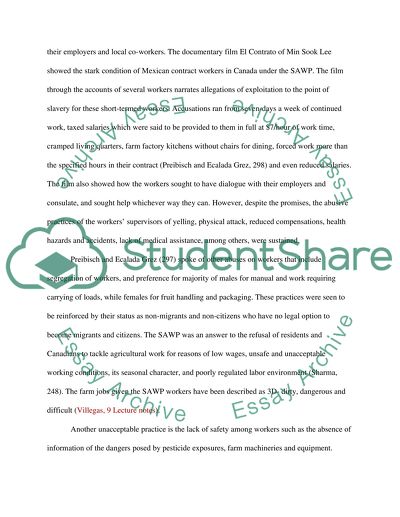Cite this document
(“Discuss inequality in the Seasonal Agricultural Workers Programme Essay”, n.d.)
Retrieved from https://studentshare.org/environmental-studies/1424990-discuss-inequality-in-the-seasonal-agricultural
Retrieved from https://studentshare.org/environmental-studies/1424990-discuss-inequality-in-the-seasonal-agricultural
(Discuss Inequality in the Seasonal Agricultural Workers Programme Essay)
https://studentshare.org/environmental-studies/1424990-discuss-inequality-in-the-seasonal-agricultural.
https://studentshare.org/environmental-studies/1424990-discuss-inequality-in-the-seasonal-agricultural.
“Discuss Inequality in the Seasonal Agricultural Workers Programme Essay”, n.d. https://studentshare.org/environmental-studies/1424990-discuss-inequality-in-the-seasonal-agricultural.


